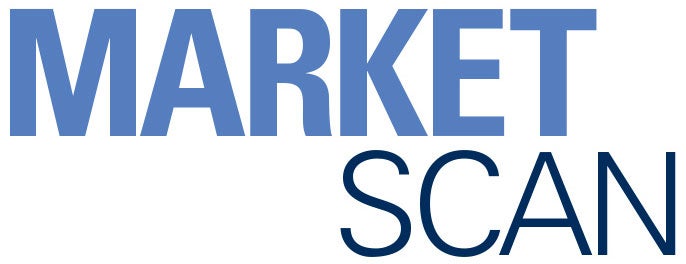

How to Hinder Innovation: 3 Mistakes Leaders Make

Building and leading a culture of innovation is no easy task. But, in a time of disruption and transformation, it’s a critical activity for health care leaders. They undoubtedly will face challenges along the way, but they can avoid these three common mistakes, which were shared in a recent AHA Center for Health Innovation and University of Chicago Booth School of Business course on innovation culture.
Relying on past experience to make decisions.
Leaders often rely on their experience and patterns they’ve seen in the past to make decisions. This can be effective in a static environment but, in a rapidly changing environment, we can’t always rely on existing best practices. During times of disruption, complex challenges are more likely to be solved by emerging or novel solutions. To identify them, leaders must experiment, learn from successes and failures and iterate.
Not casting a wide enough net for innovative ideas.
Identifying breakthrough solutions is a numbers game — the more ideas, the more likely you are to find a novel solution to your biggest challenges. To illustrate the point, Gregory Bunch, professor of entrepreneurship at Booth who led the course, pointed to venture capital (VC) firms and their deal flow. A top-tier VC firm may consider more than 3,000 potential startups for investment each year. Of those, the VC performs due diligence on about 70 of those, and makes four to five major investments. Even with that volume of deals, VCs expect a major home run only every two to four years. Translation: VCs see 6,000-12,000 innovative ideas for every breakthrough success. Innovative leaders seek inventive ideas from every level of the organization, in every place they can. They have to.
Trying to measure innovation.
Innovation — that is, business model innovation — can’t really be measured. When we’re really innovating, we don’t know what to measure. And when we think we know, we may need to iterate and measure something else instead. Leaders who embrace innovation understand which projects and programs must be managed by key performance indicators and which are not yet ready for measurement. This requires patience. Leaders of legacy organizations often expect a return on investment too quickly than is reasonable for a net new business idea. Innovative leaders understand what VCs do: It takes years, sometimes a decade, to see meaningful returns on even breakthrough ideas.
To learn more, join us for the next offering of this course, “Building and Leading a Culture of Change,” at the University of Chicago Booth School of Business’s Gleacher Center in Chicago on July 9.



